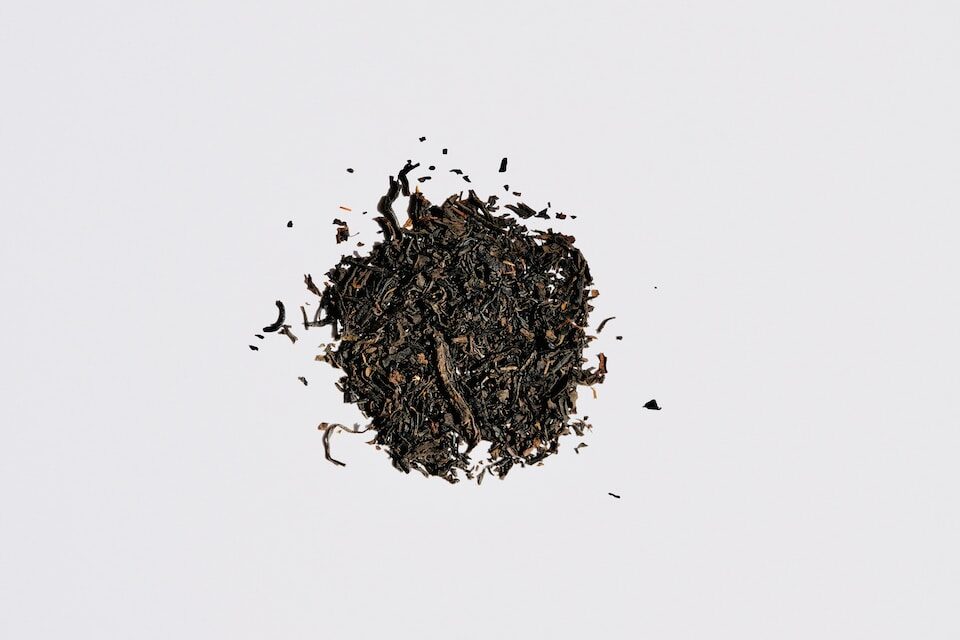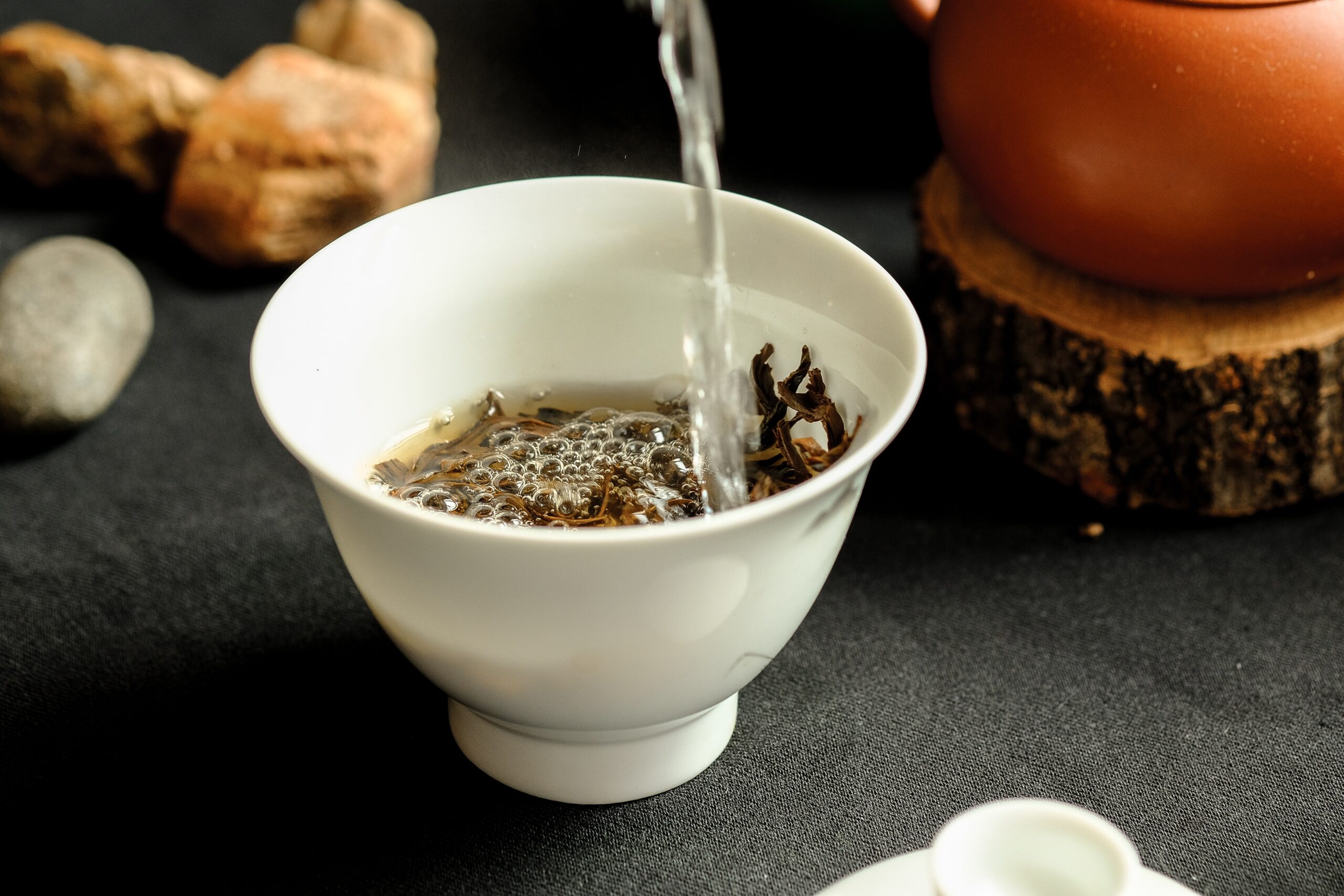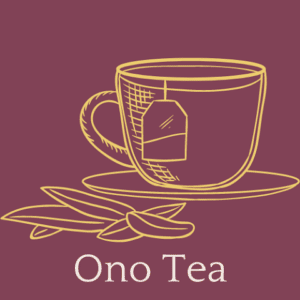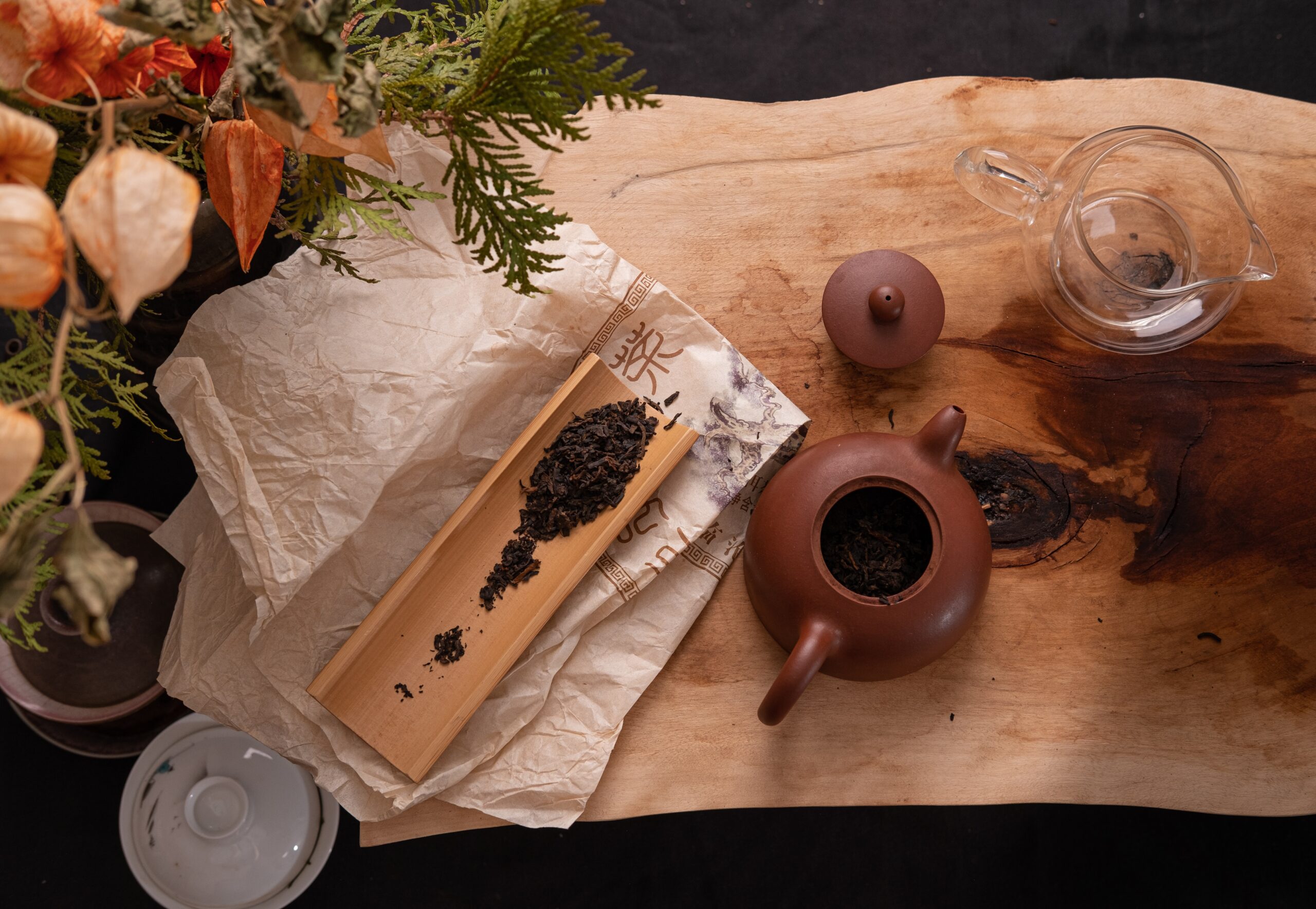Ah, American tea drinkers hit the jackpot! When you’re in search of that rich, malty black tea experience, there’s no shortage of options. We get it, and we can help you out.
Are you bored of the same old Assam and Sencha teas? Then make a steep move and jump into the vast world of Oolong – a broad type of tea that lies between green and black. The laborious processing by expert tea-makers unlocks an incredible array of flavors, from buttery florals to sinfully rich chocolates, from nutty roasted notes to tropical fruits. Tired of traditional blends? Unlock your taste buds with oolongs—they’ll leave your senses in delicious delight!
Discover the types of Chinese Oolong teas—a unique variety of tea that’s sure to tantalize your taste buds! From the mellow flavor of traditional Tie Guan Yin to the smoky Da Hong Pao and bewitching Shui Jin Gui, there’s something for everyone in this rich selection. Whether you’re a bold adventurer or a subtle connoisseur, savor every sip of these delicious and delightful infusions!
Variations on Oolong Tea
Phoenix Tea: Dan Chong or Dan Cong?
Ah, Phoenix Oolong—what a popular tea it is! Located in Guangdong, China, it’s truly unlike any other. Get this: from Chinese, the literal translation of its name means “one bush.” Crazy right? This means that only leaves from one tea shrub are used for each batch. And because each bush has its own characteristics and flavor profile, no two batches of this delightful tea taste the same! But trust us on this: every time you immerse these coiled dry leaves in hot water and watch them unfold with grace, you’ll be nothing less than mesmerizing!
Calling all Oolong teas from Guangdong province ‘Phoenix Teas’ has become a thing! Delicate and fragrant, these teas boast hints of flowers and fruit, ensuring every sip is sweet and sublime. Oh, what a treat! Grown at higher altitudes, it’s exposed to drastic temperature differences from day to night and through the seasons, and this is what gives the leaves that kick-ass flavor we all know and love. Enjoy the robustness of each aroma for a truly unique experience!
Iron Goddess of Mercy
Oooh! The Iron Goddess of Mercy—a name with a powerful ring to it! Don’t you think? This traditional Chinese tea is as unique in flavor as its title. Much like the goddess herself—strong yet graceful—this tea is full-bodied with floral undertones. It quickly entices your taste buds and invites them to a lovely cup of comfort. Brew yourself some Iron Goddess of Mercy. I bet it will become one of your favorite beverages!
So, legend has it that an agriculturist in Fujian’s Anxi area chanced upon an unexpected find: a tea shoot hidden away beneath the Chinese goddess of benevolence’s altar. The tea was only available to the Emperor and his close friends because of its exceptional flavor and quality.

Oolong Tea from the High Mountains (Gaoshan)
Taiwanese Oolong Teas! Talk about something special: the tea from these high mountains (Gaoshan) is truly extraordinary. This tea boasts an amazing flavor that’s unlike any other, making it a coveted choice for connoisseurs of hot beverages around the world. Yup, this ain’t your grandma’s ordinary cup of joe—or tea!
Wow! High Mountain Oolong teas, harvested at Taiwan’s highest altitudes, are something special. With their slower growth rate due to the high altitude of over 3,300 feet, these seasonal teas make an impression. Examples include Alishan, Wu She, and Yu-Shan—exquisite treasures that taste like a dream come true!
Twice a year, the high-altitude inhabitants pluck Oolong tea leaves with their own hands. Picked in October? That’s winter, Gaoshan! June is when spring Gaoshan is harvested. After spreading them out on a big tarpaulin to dry, they draw in the air and start releasing exotic aromas, like roses and jasmine!
Once the Gaoshan leaves have infused their aromatic essence, they’re ready to be delicately folded and gently withered for eight cozy hours. Skilled tea experts then carefully oxidize them before nestling them into beautiful packages. Ahh, the delightful flavors of this famous tea! Floral or pine notes with a hint of sweetness? Yes, please! And aftertaste? Think buttery smoothness with a creamy finish—pure bliss!
Jin Xuan Milk Oolong Tea
Hear me out; it’s like a party in your cup, offering up sweet and creamy hints of flavor. Let me tell you, this tea is something special; its exquisite taste and fragrant aroma will have you sipping away in delight. So go ahead and indulge yourself—let the warm notes of roasted milk tantalize your senses!
You may also know it by its other aliases: Golden Daylily or Nai Xiang. Appreciate its delicate floral flavor and creamy goodness—all rolled into one! That’s why it got its kickass name in the first place!
The traditional milk Oolong tea has a unique flavor: you get the delightful buttery and creamy notes that linger on your palate before giving way to a full-bodied smoothness. Yum!
When it comes to Jin Xuan Tea, forget about adding milk; it won’t make your tea any creamier. Instead, the magical oxidization of the leaves is responsible for creating a distinctive and mouthwatering milky taste and aroma!
Da Hong Pao Wuyi Oolong Tea
This antiquity of Chinese tea bears the name ‘Rock Tea.’ It has an exotic flair to its flavor! Richness in both phosphorus and iron resides in this mineral-rich silt that it uniquely grows in! Whoa, what a powerhouse packed to deliver heavenly tastes that will blow your mind away. Did you know these two vital elements for human health get washed down the mountain right after a lavish rainstorm? Here’s to tea, cheers!
Light roasting intensifies the subtle, floral notes of Wuyi teas, while a darker roast brings out their more robust mineral and earthy flavors—ah-mazing!
Straight from the restricted area of the mountains, genuine Wuyi teas are certain to bring you an intense flavor that just cannot be imitated. While there may be other tea varieties cultivated locally that mimic its deliciousness, nothing beats the real deal—and that comes with a price tag!
Taste Profile
Green Oolong
White or “jade” Oolongs? Don’t be fooled—they may appear similar to green teas, but their twisted or rolled-ball form easily sets them apart. Light Oolongs boast a refreshingly crisp and bright flavor, with vegetal and sweet notes that tantalize your taste buds.
For something extraordinary, medium oxidation often brings out more intricate flavors—think creamy, buttery bodies with hints of floweriness that linger on the tongue in subtle sophistication. So don’t settle for regular green—experience an Oolong adventure!

Medium Roast Oolong
If the oxidation of Oolong gets cranked up or it’s roasted to the max, goodbye ultra-fresh jade aromas! These teas undergo extra processing, resulting in a more mellow body and intense notes of toasty spices. Think honey, toasted grain, and white sesame—not your classic red-wine fruity black tea flavors. More like an earthy, woodsy personality!
These oxidized teas are truly special; unlike their green counterparts, you can steep them over and over again! Some highly-oxidized Oolongs – especially the roasted ones – can even be steeped twice as much as regular Oolong before they go all grassy. Amazing!
Heavy-Roasted Oolong
If you’re a coffee lover looking to explore the world of tea, why not try one of these smoky-flavored Oolong teas? They are partially oxidized and deliciously roasted at high temperatures—perfect for anyone seeking a rich and robust cup of espresso-like brew! As an essential part of the renowned Oolong Kingdom, they deliver some seriously flavorful satisfaction. So go ahead and give ’em a go!
The tea is sweet as honey, while the strong roast brings out its chocolatey, nutty, and charcoal undertones. Each flavor is distinct in its own way, yet unfortunately, each leaves an unpleasant aftertaste lingering in your mouth. Ugh!
Oolong Tea vs Green Tea: the Health Benefits
Ah, green tea and loose-leaf Oolong tea—both made from the same sort of tea plant but with very different levels of oxidation. Green tea is far less oxidized than its brown-hued counterpart, and it’s this process that gives Oolong its unique color. Who knew? The health benefits of both teas are pretty much identical; they reduce blood pressure, aid in diabetes prevention, and even encourage weight reduction! Here is more about the differences between these two teas!
Studies have propounded that frequent tea drinkers have naturally higher metabolic rates, burning fat more efficiently. But if you want to put the pounds on a dramatic diet plan, then try out some Oolong; it’s been pinned by research as being far more effective for weight control than your everyday green tea!
Oolong Tea vs Black Tea: the Health Benefits
Oolong reportedly aids digestive health, showing impressive results when treating various abdominal problems. On top of that, it may also help boost metabolism—no wonder so many people swear by this refreshing beverage!
Black teas aren’t far behind either; their antioxidant properties can help reduce the risk of cardiovascular diseases and lower cholesterol levels thanks to their polyphenols. Furthermore, some studies suggest that regular consumption of certain types can even improve focus! In conclusion, both beverages have a plethora of positive effects on your well-being; why not give them both a go? But hold on, chap! Find out more here before making your decision!
If stress has got you feeling frazzled, then look to Oolong; research suggests that loose-leaf tea can help you de-stress while taking care of those pearly whites and gums. What’s great about Oolong is that its leaves can be re-steeped multiple times,so you get way more goodness out of the same brew.
Oolong Tea: Any Side Effects?
Oh, watch your intake of Oolong tea! Even though it’s highly caffeinated, you don’t want to overdo it; two or three cups should be plenty if you’re sensitive to the stimulant’s effects. So, if you know caffeine isn’t your friend, it’s best not to go overboard and stick with a moderate amount—better safe than sorry!
Where Can You Buy the Best Oolong Tea?
Choosing the right Oolong tea for your cup comes down to understanding what makes its flavor unique, like what kind of leaves it’s made from, where it’s from, and how it’s manufactured. So, when shopping online for Oolong, do your research and pick wisely! After all, you want to ensure you’re getting the best cup.
FAQS
1. What types of Oolong tea are there?
Boasting a whopping 20%, Taiwan is the leading provider of Oolong tea to the world, while China’s contribution sits at a comfortable 80%. But what exactly makes each region’s version unique? Well, it all comes down to oxidation. The amount of exposure the tea leaves have to air determines their oxidation level, which can range from 8% right up to 80%.
Due to its cultivation at higher altitudes and less oxidative processing, Taiwanese Oolong generally has a light and refreshing taste. In contrast, Chinese Wuyi Rock Oolong is imbued with more intense flavors like dark chocolate or roasted fruits thanks to its higher percentage of oxidation. Or if you’re after something on the sweeter side, consider Dan Cong Oolong and Oriental Beauty—both are renowned for their delightful tastes!
2. What does Oolong tea taste like?
Want to know what Oolong tea tastes like? Well, prepare to have your taste buds tingle! Oolong tea has a unique flavor that combines hints of both green and black tea. Mildly oxidized Oolong teas offer a fruity sweetness. It has a similar flavor to that of melon as well as a nutty, roasted flavor, quite similar to that of black tea.
Mind you, though, there’s lots of variety when it comes to Oolong teas! Where and how the tea is grown plays an important role in the ultimate flavor profile. And if you’re making your own cup at home, even adjusting the length of time you allow your leaves to steep can greatly alter the taste!
3. Does Oolong tea have caffeine?
Yep, when it comes to Oolong tea, the amount of caffeine varies depending on how long it’s steeped and if there’s exposure to air that allows for oxidation.
You’ll find that typical coffee contains around 95 mg per 8 ounces, whereas Oolong tea has a significantly lower level at only 30–40 mg in each cup. Wow! That’s quite a contrast; I bet you didn’t realize teas vary so much in their caffeine content.
Wrapping Up
Are you looking for a healthier alternative to your usual tea? Oolong is here to enlighten you! Refreshing and packed full of goodness, it’s the perfect option for branching out your tea consumption. Hop on board and give Oolong a try—you won’t be sorry!
It’s no wonder why so many coffee fanatics are switching things up with Oolong tea; the roasted tones are surprisingly similar to classic coffee flavors. And if you take it up a notch and make an Oolong latte with almond milk and a hint of cinnamon, you’re in for a real treat! So, if you’re trying to cut back on caffeine without missing out on your favorite coffee drink, this is the way to go!

